UAS Racing Coming to Prescott
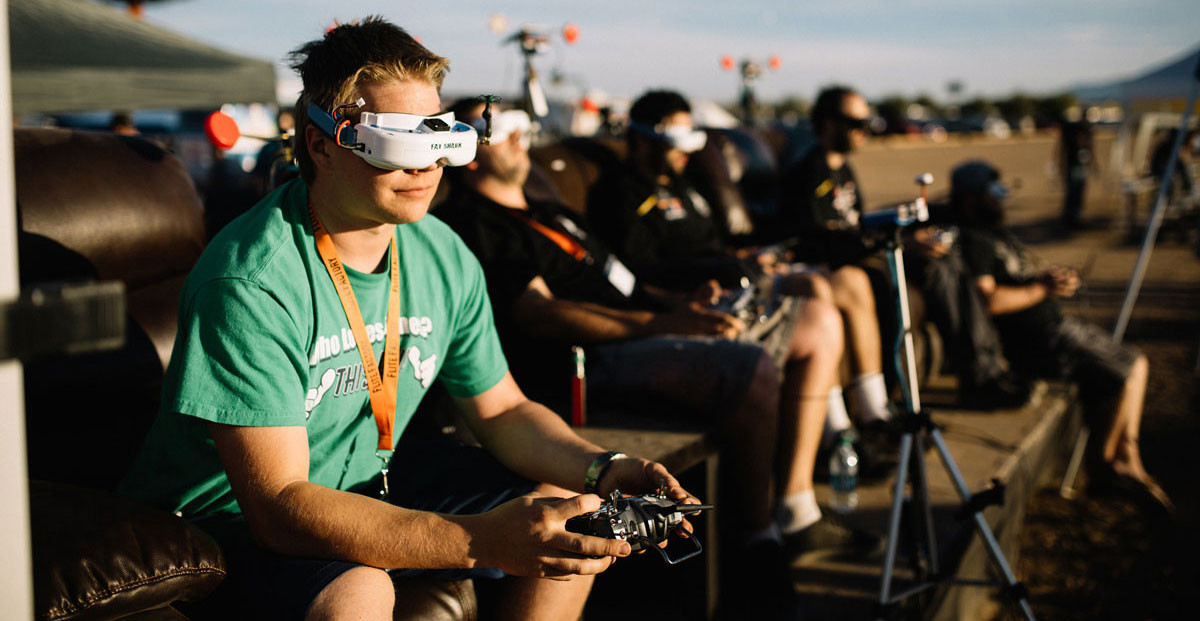
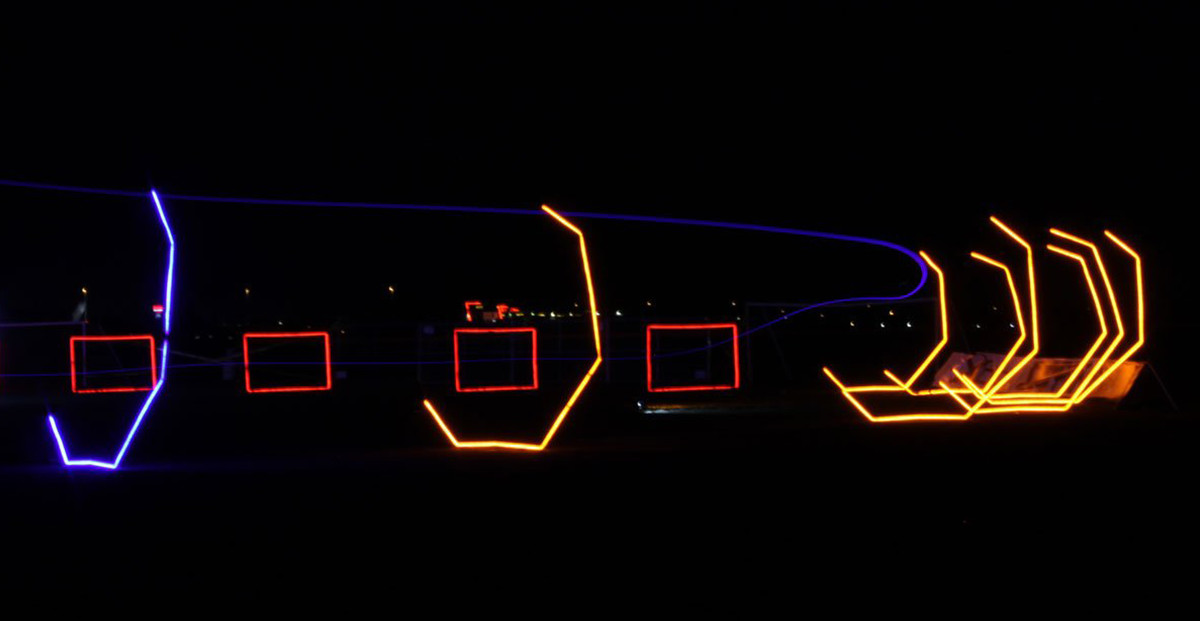
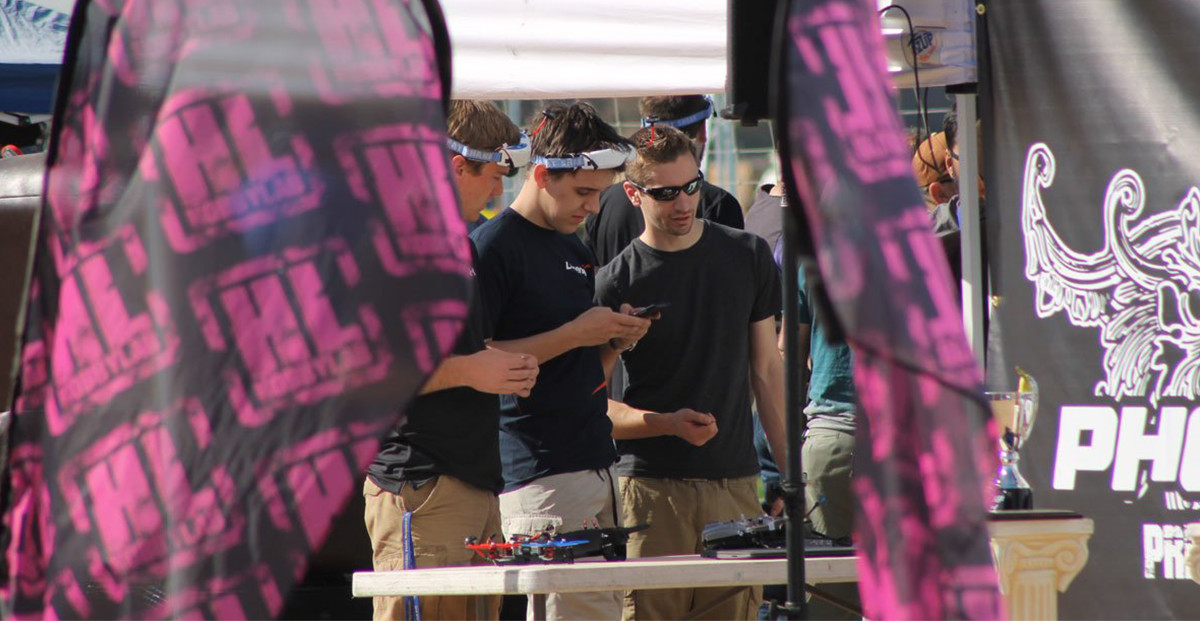
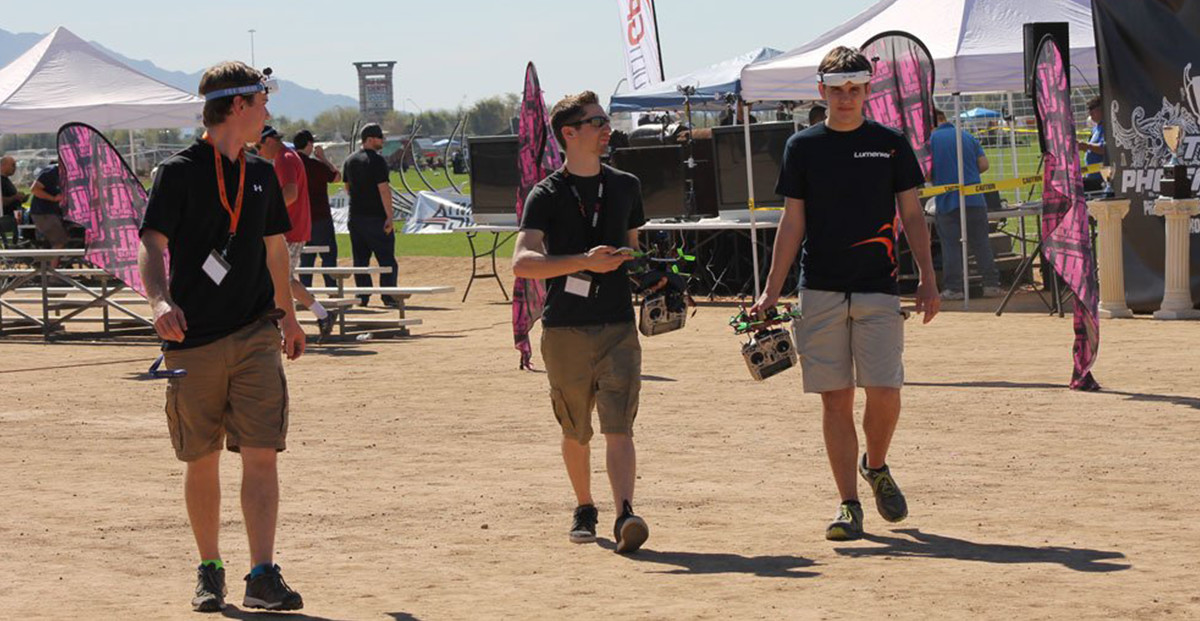
The group is registered as Prescott FPV Flyers with MultipGP. Organized by Bjorn Vasenden, sophomore in Aerospace Engineering and VP of Autonomous Eagles, and Evan Kline, junior in Mechanical Engineering, the group is planning one more race this spring semester. Students and the general public are welcome to attend and participate. Along with the races, Bjorn and Kline are also working on a proposal to create an Embry-Riddle UAS racing team. “Because of the FAA regulations it’s been challenging to find UAS competitions but now there are UAS quadcopter races,” said Andrew Grant, President of Autonomous Eagles, the UAS student research team, and sophomore in Global Business minoring in UAS. “There’s a group of us who are hosting quadcopter races through the MultiGP league. We’ve run three small races this semester to get experience and build a foundation to make this great. We will officially launch scheduled races on our own track this fall.”
Our goal is to rev up interest in general UAS operation for our students, the Prescott community and even attract new students.
“A 15 year old just won the drone competition in Dubai so it is a sport for young people. Experience designing, building, and racing UAS is a great thing to have here as a student.”
In a quadcopter race, five UAS compete against one another in a racecourse designed to test the limits of the pilot’s skill and the vehicle’s speed and agility.
“These are fast UAS. They are in the 225-250 mm class and typically travel at speeds up to 60-70 mph,” said Grant. “But some are 160 mm which reach speeds of 70-75 mph. Those are so small you can barely see them with the naked eye.”
Pilots wear goggles which display the UAV path and use a hand-held radio-control to maneuver. In racing this is referred to as First Person View (FPV). Races can happen day or night. In fact, night racing or indoor racing is very popular because the course is lit with brightly colored LED lights creating a futuristic Tron-like effect.
“Flying FPV is incredibly immersive,” said Bjorn. “The camera feed from the UAV to the goggles gives you the effect of flying on the UAS whether it’s through gates or navigating the landscape.”
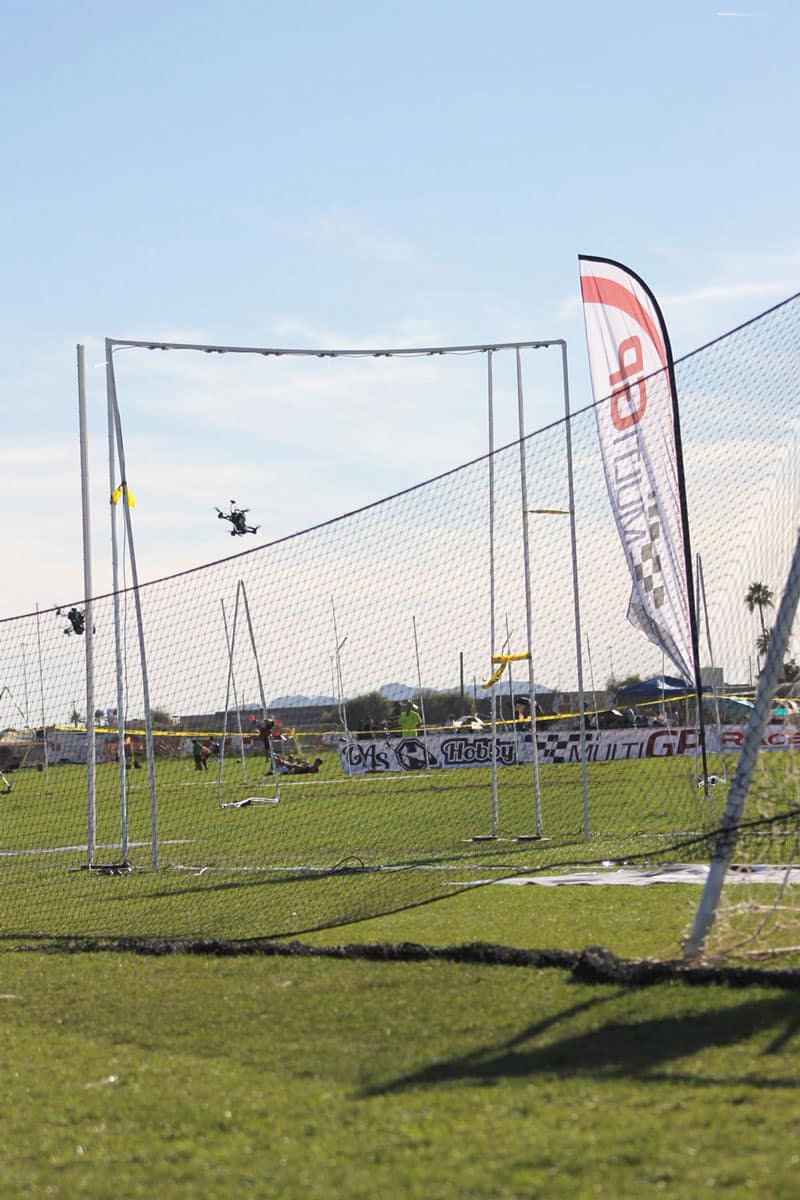 According to Bjorn, the course changes for every new competition. A mixture of gates, flags and cones on the ground set the course which is typically the size of a soccer field. A course can require the pilot to increase or decrease speed in a matter of seconds.
According to Bjorn, the course changes for every new competition. A mixture of gates, flags and cones on the ground set the course which is typically the size of a soccer field. A course can require the pilot to increase or decrease speed in a matter of seconds.
“Presently these races all require manual operation by pilots. Some of the best pilots are gamers and are extremely smart but, yes, there are crashes,” said Grant. “As for safety, operators and spectators are behind safety shields and nets.”
The racing quadcopters are typically a solid carbon frame with four blades. Each propeller is six inches long rotating at approximately 40,000 RPM. In addition to practicing two times a week, they are designing a 225-250 mm class quadcopter that will reach speeds up to 70-75 mph.
“The racing is definitely fun and there’s a great and growing UAS community here at Prescott but racing is just the beginning. We have the perfect facilities and talent of pilots, engineers, business, and security degrees all here at Embry-Riddle,” said Grant. “We know that UAS has the potential to do amazing things. It’s a flying robot. It’s cheaper and more efficient and can do things that humans cannot, safer. We are having fun and using our individual skills and knowledge to do something that’s not been done before that’s good for the community.”
The Autonomous Eagles recently participated in the AZ SciTech Festival where they demonstrated UAS and taught children how to fly UAS.
“We think it’s important to show what’s possible with UAS and encourage young people to get involved. SciTech Fest was great for that and when the races start next fall, we’ll be inviting the whole community,” said Grant.
Embry-Riddle Prescott offers a major and a minor in UAS. Both Grant and Vasenden are excited to see the development of the UAS program here.
“It’s constantly evolving with the market,” said Grant. “We appreciate the encouragement and support of the faculty and Chancellor. They are doing everything in their power to build the best UAS program possible.”
For more information about UAS racing and Prescott FPV Flyers contact Bjorn Vasenden at vasendeb@my.erau.edu or Evan Kline at klinee2@my.erau.edu. For more information about Autonomous Eagles contact Andrew Grant at granta9@my.erau.edu.

 Michelle Tissot
Michelle Tissot